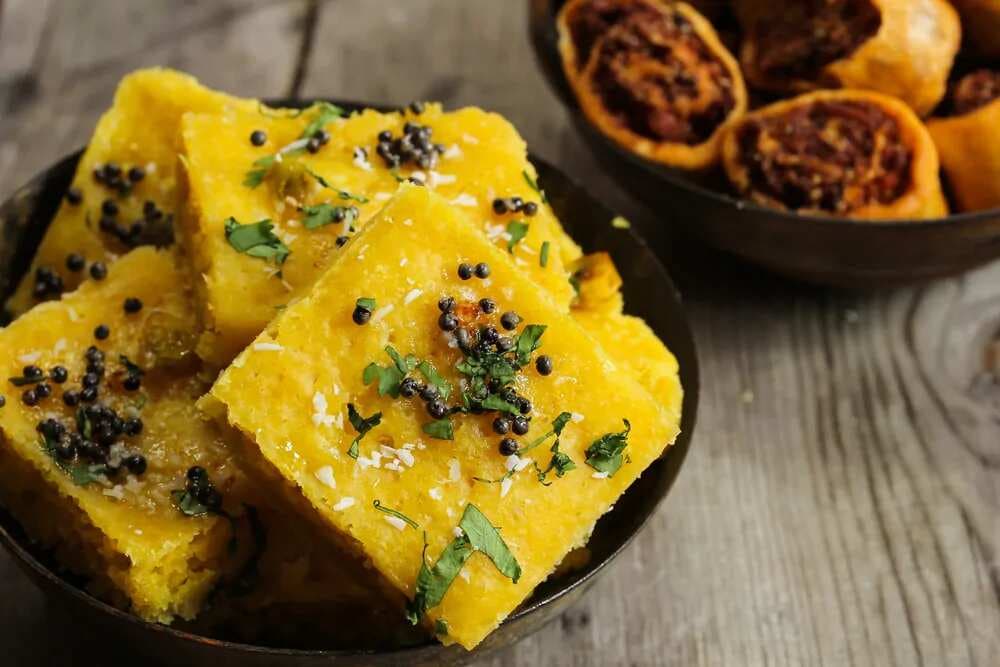Our trip to Ahmedabad was replete with revelations, especially when it came to food. For instance, if you wanted a spicier thali, you would have to opt for Kathiawadi thali over the standard Gujarati thali. While we knew most of Gujarat is vegetarian, but if you are in Ahmedabad, and you want meat, you would have to go a certain length, as chances of a meat shop in your neighbourhood or next are limited. Another thing you should understand, especially, if you are coming here from North India is that Nasto is not your typical breakfast here, even though the word shares phonetic similarities with the word ‘Nashta’ used to signify breakfast or brunch in most of North and central India.
Nasto typically refers to fried items that you can store in air-tight containers in your house or carry for long journeys. They do not go bad so soon, and good containers further increase their shelf life. Some of the most popular Nasto items are ganthiya, sev, fafda and chiwda.
A lot of them are actually gram-flour or besan-based. Take for instance the ganthiya, which are thick and brittle, cylindrical crisps, or the fafda that are thin and crisp, and served with green chillies smeared in masalas. Sev, on the other hand, are like thin, crispy strings. They are also immensely popular in Rajasthan. The chiwda, are actually flattened rice flakes in the league of snacks ruled by besan-based items. Chiwda is often combined together with salt, groundnuts and dried coconuts and consumed as a light snack
Gujarat takes immense pride in their wide array of snacks, which is why you should also know that when a Gujarati means ‘Farsaan’, he or she is most certainly not expecting you to show up with a plate of Ganthiya. Farsaan is prepared fresh, and eaten for snacks. You can, of course, add them to your thali too. The iconic Dhokla, square-shaped steamed cakes finished off with mustard seeds, coriander leaves and desiccated coconut is a popular farsan item. Equally mild and marvelous is Khandvi, a roll-up made with a luminous besan batter, sprinkled over with mustard and coriander. Then there is methi muthiya, a steamed dumpling, named after its shape. ‘Muthhi’is a tight fist, since mutthiya is gripped in palms, they have a peculiar shape complete with impression of fingers. Of course, there are loads of bhajiyas and pakoras, fried fritters made with besan and veggies of all possible kinds, potatoes, cauliflower, methi, you name it. Patra or Arvi na patra is a one–of–a–kind snack made with colocassia leaves that are cut in strips, coated in besan, steamed and rolled up.
These were some key differences with Farsan and Nasto, and if you are drooling already, here is our favourite recipe of dhokla you can try today.


